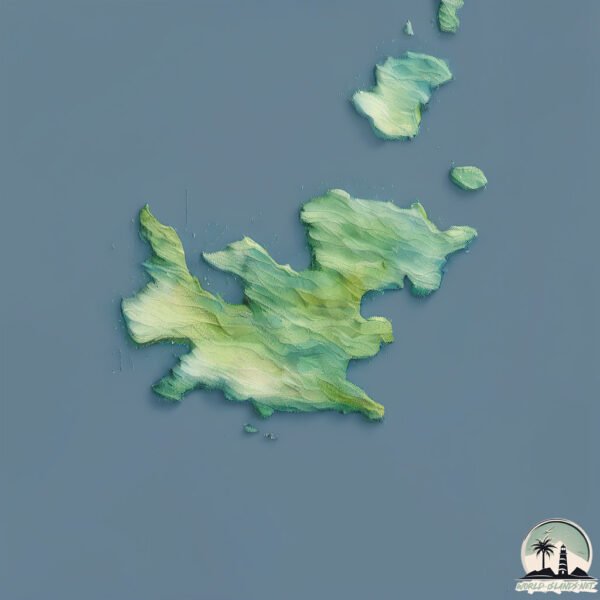Illa de Cabrera

Welcome to Illa de Cabrera, a Dry island in the Balearic (Iberian Sea), part of the majestic Atlantic Ocean. This guide offers a comprehensive overview of what makes Illa de Cabrera unique – from its geography and climate to its population, infrastructure, and beyond. Dive into the details:
- Geography and Size: Explore the island’s size and location.
- Climate and Weather: Weather patterns and temperature.
- Topography and Nature: Uncover the natural wonders of the island.
- Infrastructure and Travelling: Insights on reaching, staying, and making the most of your visit.
- News and Headlines: Latest News.
Geography and size of Illa de Cabrera
Size: 11.8 km²
Coastline: 31.2 km
Ocean: Atlantic Ocean
Sea: Balearic (Iberian Sea)
Continent: Europe
Illa de Cabrera is a Medium Island spanning 12 km² with a coastline of 31 km.
Archipel: Balearic Islands – An archipelago off eastern Spain in the Mediterranean Sea, known for their vibrant culture, beautiful beaches, and popular tourist destinations like Mallorca and Ibiza.
Tectonic Plate: Aegean Sea – Located in the eastern Mediterranean, this microplate is characterized by seismic and volcanic activity due to its interaction with the Eurasian and African Plates.
The geographic heart of the island is pinpointed at these coordinates:
Latitude: 39.14521185 / Longitude: 2.94390684
Climate and weather of Illa de Cabrera
Climate Zone: Dry
Climate Details: Hot Semi-Arid (Steppe) Climate
Temperature: Hot
Climate Characteristics: Features hot summers and mild to warm winters. Receives more rainfall than hot deserts but less than tropical savannas, leading to a somewhat more varied landscape.
Topography and nature of Illa de Cabrera
Timezone: UTC+01:00
Timezone places: Europe/Paris
Max. Elevation: 89 m
Mean Elevation: 47 m
Vegetation: Evergreen Needleleaf Forest
Tree Coverage: 58%
The mean elevation is 47 m. The highest elevation on the island reaches approximately 89 meters above sea level. The island is characterized by Plains: Flat, low-lying lands characterized by a maximum elevation of up to 200 meters. On islands, plains are typically coastal lowlands or central flat areas.
Dominating Vegetation: Evergreen Needleleaf Forest
Dominated by evergreen coniferous trees such as pines and firs, which retain their needle-like leaves throughout the year. These forests are often found in cooler climates. Illa de Cabrera has a tree cover of 58 %.
Vegetation: 10 vegetation zones – Very Highly Diverse Island
Islands in this range are ecological powerhouses, showcasing a wide array of vegetation zones. Each zone, from lush rainforests to arid scrublands, coastal mangroves to mountainous regions, contributes to a complex and interdependent ecosystem. These islands are often hotspots of biodiversity, supporting numerous species and intricate ecological processes.
Infrastructure and Travelling to Illa de Cabrera
Does the island have a public airport? no.
There is no public and scheduled airport on Illa de Cabrera. The nearest airport is Palma de Mallorca Airport, located 48 km away.
Does the island have a major port? no.
There are no major ports on Illa de Cabrera. The closest major port is PALMA DE MALLORCA, approximately 55 km away.
The mean population of Illa de Cabrera is 2424 per km². Illa de Cabrera is Densely Populated. The island belongs to Spain.
Continuing your journey, Majorca is the next notable island, situated merely km away.
Spain is classified as Developed region: nonG7: Developed economies outside of the Group of Seven, characterized by high income and advanced economic structures. The level of income is High income: OECD.
News – Latest Updates and Headlines from Illa de Cabrera
Stay informed with the most recent news and important headlines from Illa de Cabrera. Here’s a roundup of the latest developments.
Please note: The data used here has been primarily extracted from satellite readings. Deviations from exact values may occur, particularly regarding the height of elevations and population density. Land area and coastline measurements refer to average values at mean high tide.
